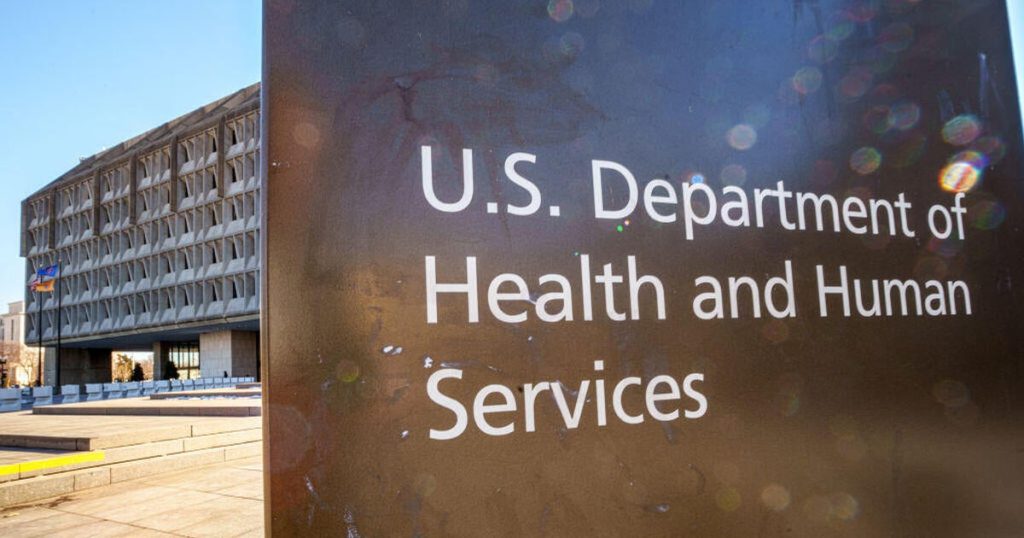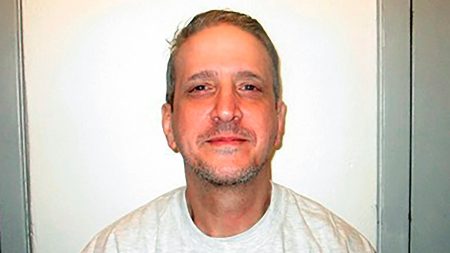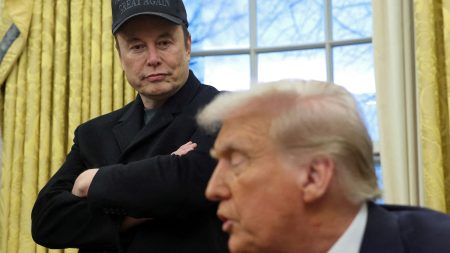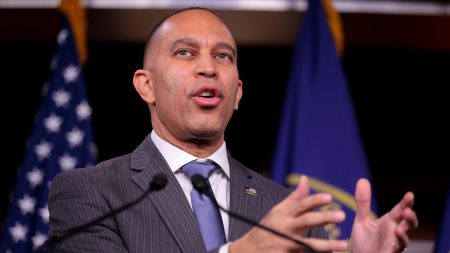Mass Layoffs Hit Probationary Workers Across Federal Health Agencies
Thousands of probationary workers in the Department of Health and Human Services (HHS) received identical termination letters over the weekend, informing them that they would be losing their jobs. The letters, which were signed by Jeffrey Anoka, the acting head of human resources for HHS, stated that the workers were being let go because their skills, knowledge, and abilities did not align with the agency’s current needs, and their performance had not been adequate to justify continued employment. This sweeping move, which affected probationary workers across multiple federal health agencies, is part of a broader government-wide effort to reduce the number of probationary employees.
The layoffs, which were carried out under the direction of the Department of Government Efficiency (DOGE) task force, led by billionaire Elon Musk, initially targeted more than 5,000 probationary workers. However, not all of those who were initially slated for termination received letters, and some individuals who were not intended to be let go reportedly received the letters in error. Additionally, certain agencies, such as the Indian Health Service, have pushed back against the cuts, leading to exemptions for some staff members.
The Role of the Department of Government Efficiency (DOGE) in the Layoffs
The layoffs are part of a larger initiative by the Department of Government Efficiency (DOGE), a task force led by Elon Musk, to streamline federal agencies and reduce costs. DOGE has been instrumental in identifying areas where the government can cut back on probationary workers, who are typically easier to terminate than other federal employees due to their limited tenure. While some employees were spared, many others were not as fortunate, including those in critical roles at agencies such as the Food and Drug Administration (FDA), the National Institutes of Health (NIH), and the Centers for Medicare and Medicaid Services (CMS).
A White House official emphasized that the layoffs were not random or arbitrary but rather a “calculated effort to streamline bureaucracy.” However, critics argue that the cuts could have significant consequences for the functioning of these agencies, particularly at a time when public health remains a critical concern. For instance, the CDC’s Public Health Associate Program, which places recent graduates in health departments across the country, was among the programs that were cut. Meanwhile, the CDC’s Epidemic Intelligence Service, often referred to as the agency’s “disease detectives,” was spared after initial warnings that the program would be halved.
Agencies Impacted by the Layoffs
The layoffs affected a wide range of federal health agencies, including the Administration for Strategic Preparedness and Response (ASPR), which oversees the nation’s pandemic stockpiles, and the FDA, where scientists, engineers, and attorneys were among those terminated. Some of the cuts at the FDA targeted divisions funded by fees from companies submitting applications for product approvals, rather than taxpayer dollars. These include centers responsible for regulating tobacco products and medical devices.
Exemptions were granted for certain roles, such as scientists at the CDC and FDA, Medicare workers, and frontline healthcare providers. However, these exemptions did not apply to all employees, and many probationary workers found themselves suddenly out of a job. One former NIH scientist, who had been reassured just days earlier that their termination was not related to performance, expressed the financial devastation many workers are now facing, stating, “Words cannot adequately express how financially screwed I am.”
The Impact on Contractors and the Broader Workforce
The layoffs extend beyond probationary workers and fellows, with many contractors also being let go. Contractors, who often have fewer protections than federal staff, were informed abruptly that their services were no longer needed. One former CDC contractor, who was part of a small team working on a project to analyze electronic health records for disease surveillance, expressed concerns about the workload now falling on their former colleagues. “I fear they will be overrun with work and will end up dropping many projects,” they said.
This sentiment is shared by many of the affected workers, who have made significant sacrifices to work in federal public health. Many scientists and professionals have relocated their families, taken pay cuts, and uprooted their lives to serve in these roles. For some, the layoffs have come after years of working as contractors for the same agency, only to be hired as probationary staff and then let go shortly after.
The Human Toll and the Future of Public Health
The layoffs have left many workers reeling, both financially and emotionally. For some, the termination letters came as a shock, with no clear explanation beyond the standard language about not meeting the agency’s needs. Others, like the NIH scientist who received a tearful assurance from their supervisors that the decision was not performance-related, are grappling with the abrupt nature of the cuts.
The impact of these layoffs could be far-reaching, with many projects and programs now at risk of being scaled back or abandoned altogether. For example, the CDC’s Public Health Associate Program, which was cut, played a critical role in placing recent graduates in health departments across the country. The loss of these positions could weaken the nation’s public health infrastructure at a time when it is already under strain.
These cuts also raise questions about the long-term consequences for federal agencies and their ability to attract and retain talent. Many of the workers who were let go had chosen to work in public service despite the promise of higher pay in the private sector, driven by a desire to contribute to the public good. The abrupt and impersonal nature of the layoffs has left many feeling undervalued and betrayed, which could discourage others from pursuing careers in federal public health in the future.
In the end, while the White House has framed the layoffs as a necessary step to streamline bureaucracy, the human cost of these cuts cannot be ignored. The stories of the workers who have been impacted serve as a stark reminder of the real-world consequences of such decisions, and the potential risks they pose to the nation’s public health system.















